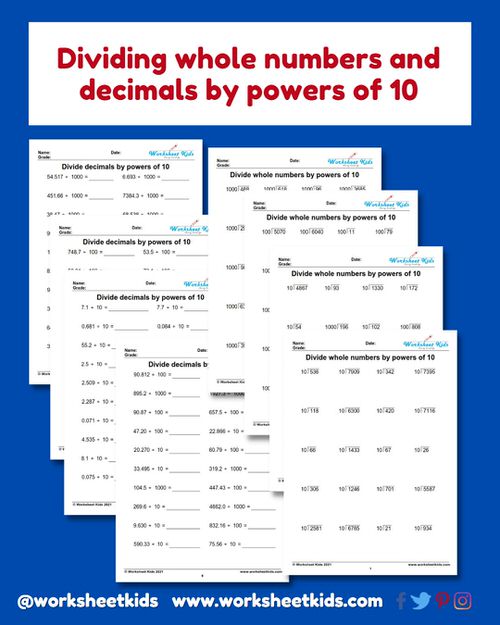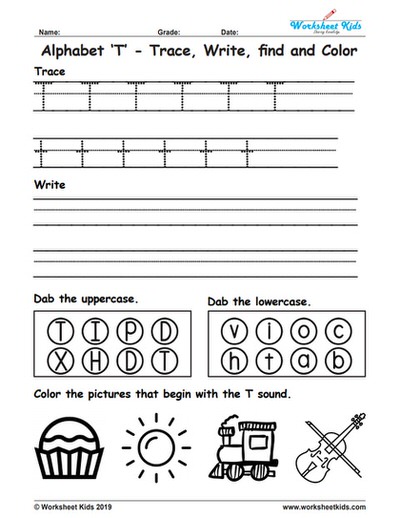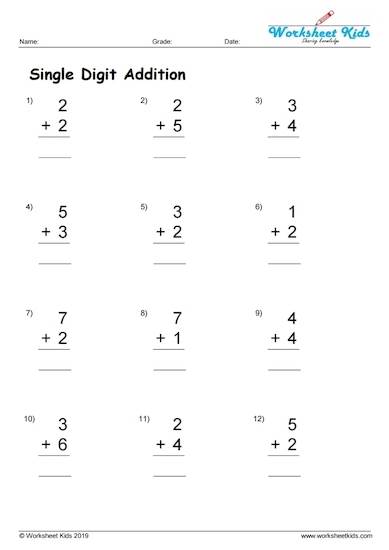Learning to divide by powers of 10 forms a crucial part of any math curriculum. This skill allows students to handle both whole numbers and decimals with confidence. When students dividing by powers of 10, they also develop the ability to convert between different metric units, work with money efficiently, and grasp more complex topics like scientific notation.
Dividing by Powers of 10
Firstly, let’s clarify what dividing powers of ten means. A power of 10 represents 10 multiplied by itself a certain number of times. For example, 101=1010^1 = 10101=10, 102=10010^2 = 100102=100, 103=100010^3 = 1000103=1000, and so on. These numbers have one, two, three, or more zeros. Understanding that each zero represents a single decimal point move helps you perform the division quickly and accurately.
Secondly, realize that dividing with powers of 10 follows a consistent rule: moving the decimal point in the dividend (the number being divided) to the left by as many places as there are zeros in the power of 10. For instance, dividing by 100 has two zeros, so the decimal point moves two places to the left. This method applies to both whole numbers and decimals.

Dividing Whole Numbers by Powers of 10
Each worksheet includes 20 questions that the student has to answer. The first few questions are about dividing whole numbers by 10, then 100, then 1,000, etc. It also includes a table of answers at the end of the page for students who want to check their work. Teachers and parents can download this worksheet in PDF format.
Next, let’s focus on whole numbers. When you divide by powers of ten, such as 10, 100, or 1000, you shift the decimal point left according to the number of zeros in the divisor. Even though a whole number may not explicitly show a decimal point, place an imaginary decimal at the right end of the number. For instance, 450 is 450.0 if you need to see the decimal.
- Example: 450 ÷ 10 = 45.0, which simplifies to 45.
- Another example: 5,600 ÷ 100 = 56.0, which simplifies to 56.
Meanwhile, some students mix up this concept and move the decimal to the right or forget to do so. Division with powers of 10 requires consistent practice to avoid such errors. I recommend dividing by powers of 10 worksheet that starts with fundamental problems and gradually introduces more challenging ones.
Furthermore, students sometimes leave out zeros or insert them incorrectly. This often happens when they encounter large numbers or rushed problem-solving situations. For example, suppose a student forgets to move the decimal point two places when dividing by powers of ten, like 100. They might mistakenly write 450 ÷ 100 = 4.5 instead of the correct answer, 4.50 or 4.5 (acceptable as a final simplified form). Additionally, missing leading zeros can be confused with decimal numbers. When 12.3 moves two places to the left, it becomes 0.123, not just .123. Encourage students to include that leading zero always. A dividing by powers of ten worksheets where answers must show correct decimal placement will reinforce good habits.

Dividing Decimal Numbers by Powers of 10
Subsequently, decimal numbers appear everywhere in daily life, from measuring ingredients in cooking to handling money. Understanding how to divide by powers of 10 with decimals empowers learners to swiftly convert dollars to cents or meters to centimetres. In essence, whenever we handle measurements with decimal points, the principle of moving the decimal place becomes invaluable.
Step-by-Step Guide: How to Divide Decimals by Powers of 10
Then, follow a straightforward sequence whenever you want to divide decimals by powers of 10:
Identify how many zeros your power of 10 has.
Move the decimal point in your number to the left by that many places.
Add a leading zero if the decimal point moves before all digits.
Example: 56.78 ÷ 100 = 0.5678. Since 100 has two zeros, move the decimal point two places to the left.
Another example: 9.2 ÷ 1000 = 0.0092. Move the decimal point three places, adding two leading zeros.
Helpful Tips
Moreover, if students fail to spot it or miscount the zeros in the divisor, they will end up with incorrect answers. Offering plenty of practice through dividing decimals by powers of ten worksheets helps them recognize mistakes quickly.
Practice with Division of Powers Worksheets
Afterwards, structured worksheets reinforce the concept of division of powers by providing varied problems that ensure repeated practice. Students improve their speed and accuracy by dividing by powers of 10 worksheets. Worksheets also allow teachers and parents to track progress, identify common errors, and address misunderstandings promptly.
Consequently, teachers can use different types of worksheets to cater to diverse learning needs:
Whole Number Worksheets: These focus on moving the decimal point for numbers like 50, 600, or 7,000 when dividing powers of ten, such as 10, 100, or 1000.
Decimal Worksheets include tasks where you must divide decimal numbers by powers of 10, such as 4.56 ÷ 10 or 123.45 ÷ 100.
Finally, division of powers of 10, 100, and 1000 helps great in math and real-world applications. Students who understand how to divide powers of ten can easily navigate measurements, handle currency, and tackle higher-level math problems. By engaging in targeted practice through dividing decimals by powers of 10 worksheets and dividing by powers of ten worksheet activities, learners build confidence in decimal placement and improve overall calculation accuracy.
In conclusion, these free printable dividing whole numbers and decimals by powers of 10 worksheets for 5th grade are a great way to help students practice this important skill. I hope you find them helpful in your classroom.
















